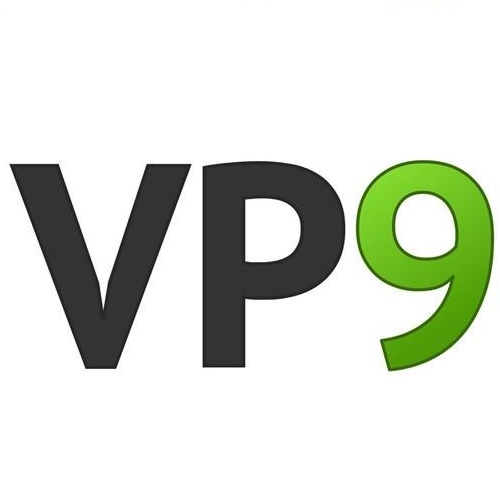Video-quality measurement is a critical task in video processing. Nowadays, many implementations of new encoding standards - such as AV1, VVC, and LCEVC - use deep-learning-based decoding algorithms with perceptual metrics that serve as optimization objectives. But investigations of the performance of modern video- and image-quality metrics commonly employ videos compressed using older standards, such as AVC. In this paper, we present a new benchmark for video-quality metrics that evaluates video compression. It is based on a new dataset consisting of about 2,500 streams encoded using different standards, including AVC, HEVC, AV1, VP9, and VVC. Subjective scores were collected using crowdsourced pairwise comparisons. The list of evaluated metrics includes recent ones based on machine learning and neural networks. The results demonstrate that new no-reference metrics exhibit a high correlation with subjective quality and approach the capability of top full-reference metrics.
翻译:视频质量测量是视频处理中的一项关键任务。 如今,许多新编码标准(如AV1、VVC和LCEVC)的实施都采用了深层次的基于学习的解码算法,具有概念性衡量法,作为优化目标。但是,对现代视频和图像质量计量法的绩效的调查通常使用使用使用旧标准压缩的视频,如AVC。 在本文中,我们提出了一个用于评价视频压缩的视频质量计量标准的新基准。它基于一套新数据集,由大约2,500个以不同标准编码的溪流组成,包括AVC、HEVC、AV1、VP9和VVC。 利用众源双对比法收集了主观评分。经过评估的计量表清单包括基于机器学习和神经网络的最新的计量表。结果显示,新的无参考基准与主观质量和最高全参考度指标的能力高度相关。



